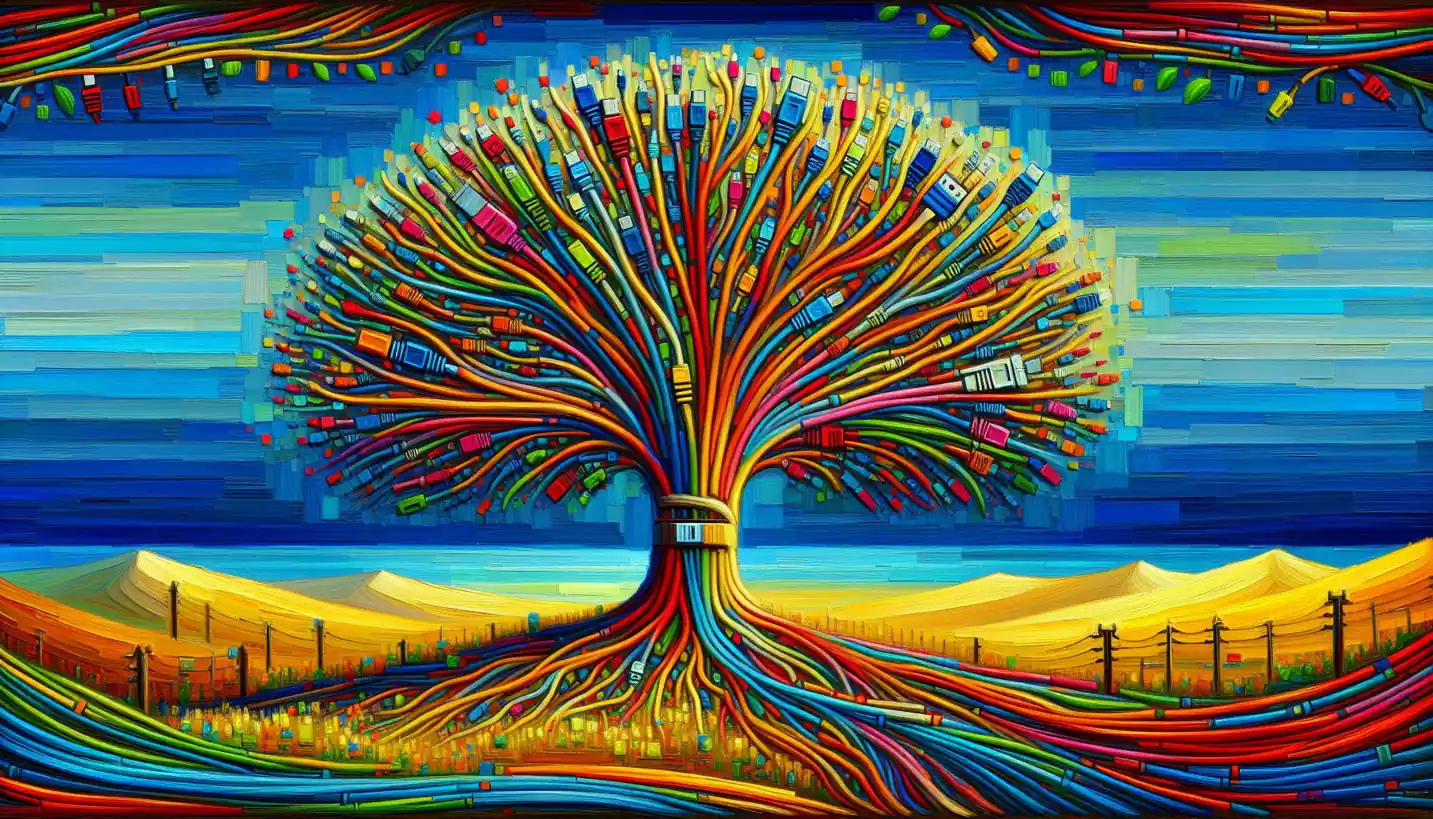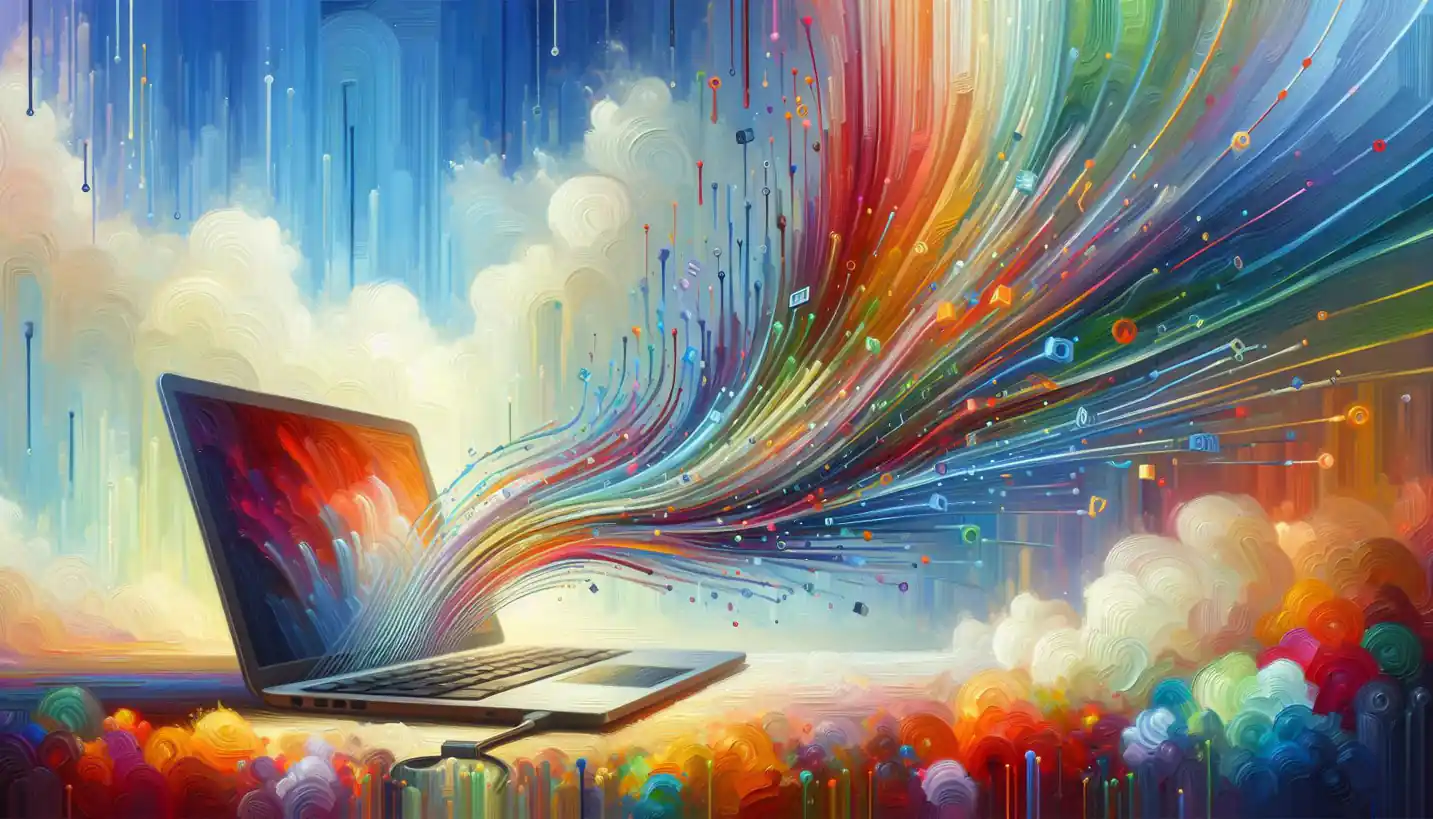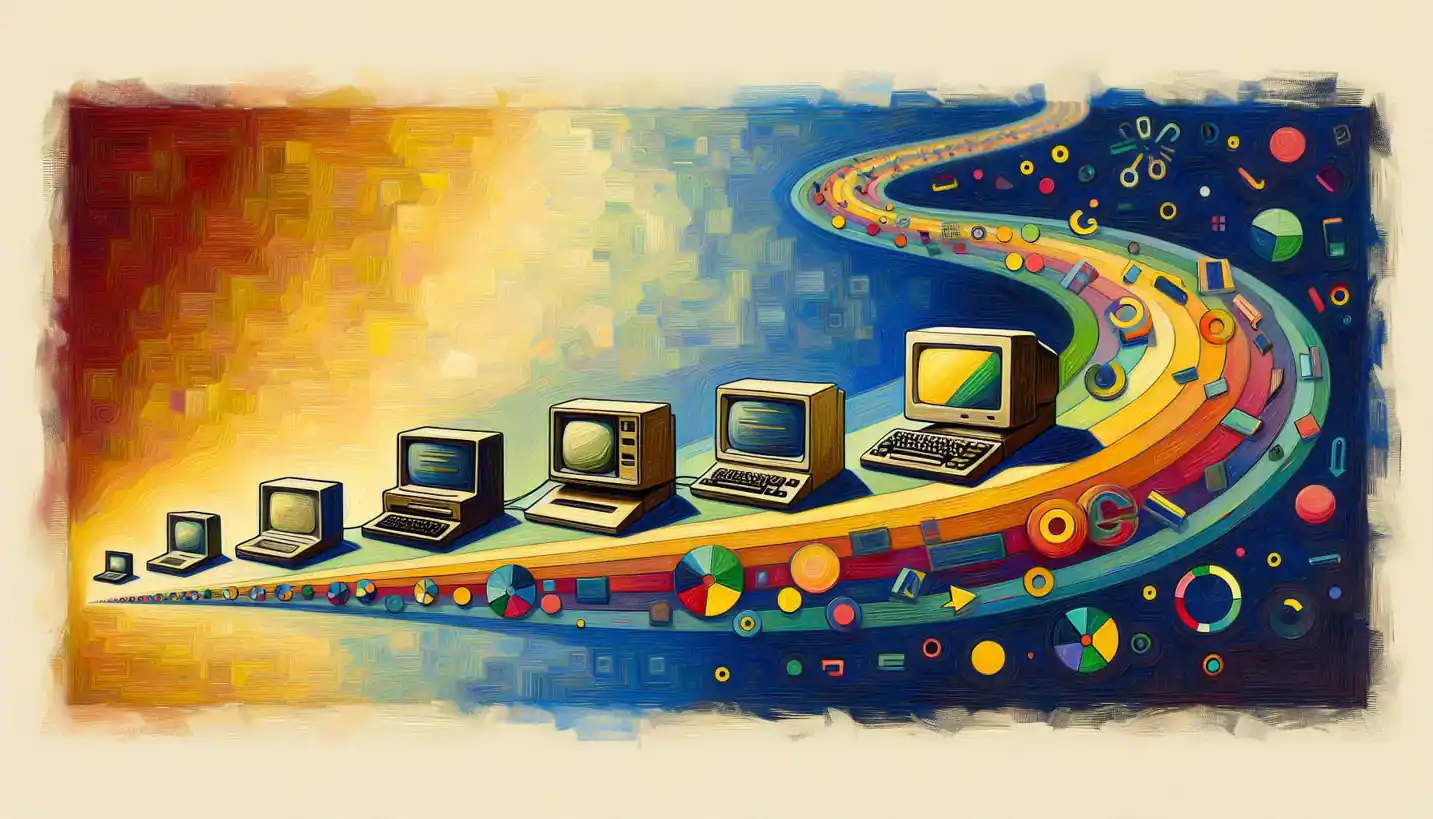· Computer Science · 4 min read
Cloning: Bridging Bioinformatics and Computer Science
Cloning bridges gaps between bioinformatics and computer science. Explore how this process recreates genetic blueprints with precision.

In today’s world, where technology and biology blend seamlessly, cloning isn’t just about creating a genetic copy in a lab. It also involves a fascinating intersection with bioinformatics and computer science. But what does this mean exactly? Let’s dive into this intriguing concept to uncover its layers.
Cloning, in its simplest form, is about making a perfect double of something. Whether it’s a sheep like Dolly or a strand of DNA, cloning has long fascinated scientists and the public alike. In the realm of bioinformatics and computer science, cloning takes on a whole new dimension. Imagine having a computer program that can analyze vast amounts of genetic data, spot patterns, and predict future occurrences. That’s where these fields merge to create groundbreaking innovations.
Understanding Cloning in Biology
First, let’s explore what we traditionally think of as cloning. In biological terms, cloning involves creating genetically identical copies. Think of it as photocopying a piece of paper, but instead of ink, you’re replicating cells and DNA. Dolly the sheep, born in 1996, was the first mammal to be cloned from an adult cell, capturing the world’s imagination and sparking debates about ethics and possibilities.
Cloning in nature isn’t unusual either. Some plants clone themselves naturally. If you’ve ever seen a strawberry plant sending out runners that root and grow into new plants, you’ve witnessed natural cloning.
Cloning Meets Bioinformatics
Now, let’s bridge this concept with bioinformatics. At its core, bioinformatics is about using computers and software to understand biological data. When scientists talk about cloning DNA, bioinformatics plays a crucial role in mapping, analyzing, and interpreting genetic information. The massive amounts of data produced require sophisticated tools to make sense of it all.
For instance, scientists might clone a particular gene to study its function. With bioinformatics tools, they can compare its sequence to millions of others, finding similarities and differences that might explain how that gene works. It’s like having a gigantic library and being able to find a specific quote in seconds.
Role of Computer Science
This is where computer science steps in to revolutionize the game. The data from bioinformatics is often too vast for traditional methods. With advances in machine learning and artificial intelligence, scientists can now predict how a cloned gene might behave under certain conditions or how a disease might spread. Algorithms learn from existing data to model new outcomes, creating a virtual lab for experimentation.
Think about how Google Maps predicts traffic patterns to find the quickest route. Similarly, computer algorithms predict how biological systems might react to changes. It’s this predictive power that makes the synergy between cloning, bioinformatics, and computer science so promising.
Real-world Applications
What’s fascinating are the real-world applications of this interdisciplinary approach. In medicine, personalized treatment plans could be devised by cloning a patient’s tumor cells to test the effectiveness of different drugs before administering them. This not only saves time but can make treatments more effective.
Agriculture can also benefit immensely. Imagine crops that are cloned and genetically analyzed to withstand extreme weather conditions better. With the help of computer science, the best breeds can be developed more quickly and efficiently, ensuring food security even in challenging climates.
Ethical Considerations
Of course, with great power comes great responsibility. The ability to clone and manipulate genetic material prompts numerous ethical questions. Should we clone humans? What about the consequences of altering genetic material? These are not just scientific questions but societal ones.
Balancing innovation with ethical considerations is crucial. Governments and scientists alike must work together to create guidelines that allow for scientific advancement while safeguarding against potential misuse.
Future Perspectives
So, where do we go from here? The future of cloning in the realms of bioinformatics and computer science looks bright and full of potential. As technologies advance, we can anticipate even more incredible applications—ones we might not yet be able to imagine.
The ongoing research aims not only to solve present-day problems but also to anticipate future challenges. By understanding and manipulating genetic data, scientists hope to address some of the world’s most pressing challenges, from curing diseases to tackling climate change through ecological management.
Conclusion
In conclusion, cloning merges the natural and technological worlds in a way that opens up endless possibilities. By bringing together bioinformatics and computer science, cloning is no longer limited to biological duplication. It becomes a tool for innovation, addressing critical issues while sparking curiosity and debate.
As we continue exploring this fascinating field, one question remains: How will we harness these technologies to shape the future? This exploration not only enriches our scientific understanding but also connects us more deeply to the intricacies of life itself. Let’s embrace these opportunities with awareness and responsibility, ensuring that progress benefits all of humanity.


